tooth resorption cats symptoms
3 Dental radiographs are required for proper diagnosis and treatmentFeline tooth resorption TR a common disease in cats characterized. The dentist will want to prevent the damage from happening in other teeth.
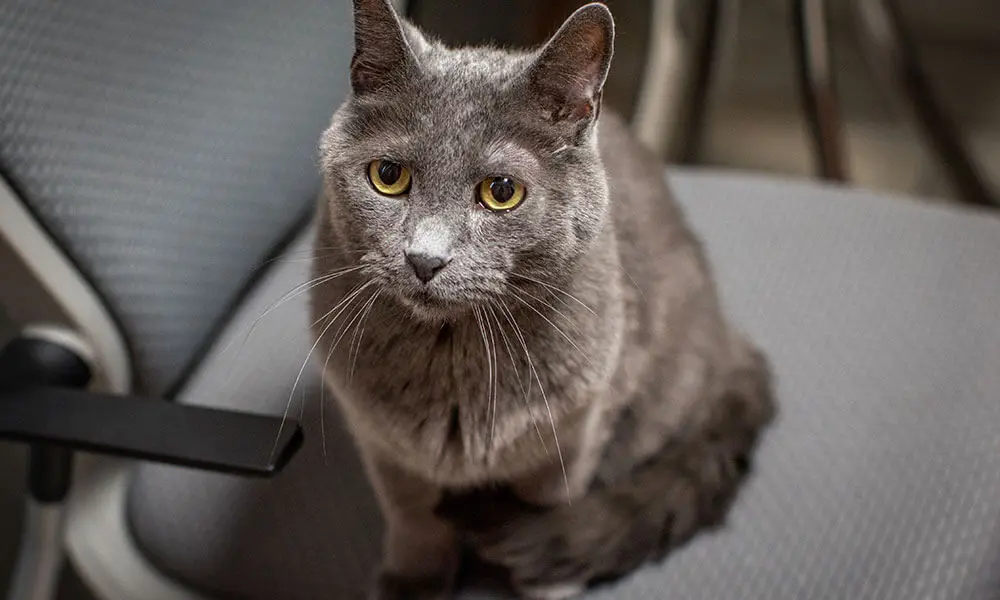
Feline Tooth Resorption A Guide For Cat Owners 1st Pet Veterinary Centers Az
Treatment of periodontitis in cats involves tooth scaling and polishing to remove the buildup of plaque and tartar.

. The treatment for tooth resorption in cats depends on the progression stage. Females and cats over five years of age are more prone to tooth resorption. In the past tooth resorption was referred to as feline oral resorptive lesions feline odontoclastic resorptions cavities caries cervical neck lesions external or internal.
Oral disease in cats comprises four major conditions. Older cats and particular breeds including Siamese Persians and Abyssinians appear to be more at risk but all cat owners should be aware of the condition. This acid breaks down the enamel and dentin of the tooth which can kill the tooth.
A cat affected by the condition has lesions on the gums that look like holes or cavities in your cats tooth along the gum line. Tooth resorption in cats is a painful condition with an unknown cause. Tooth Resorption vs.
If your cat is showing any symptoms as described above your vet may also recommend blood tests urinalysis sedation and dental x-rays. Though the cause of this condition is unknown there are some treatment options available to save the felines from the pain and discomfort involved. With Type 1 there is destruction of the crown but the root retains a normal appearance with a discernible periodontal ligament.
Today our Walnut Creek vets share the symptoms of Tooth resorption in cats and how it is treated. Feline TR is a very common problem. It also contains an inner canal filled with nerves blood vessels and lymphatic vessels.
1 Cavities have only been noted in cats in fossils from the 13 th century. Tooth resorption is different from cavities aka caries that are so common in people. Because cats instinctively hide their pain as a survival method and are often not keen on having their mouths handled it can be difficult to detect whether your cat is experiencing pain from resorptive lesions that have developed on her teeth.
Tooth resorption formally known as FORLs Feline Oral Resorptive Lesions is the most common dental problem in cats especially those aged four and older with studies worldwide showing that up to 75 of cats with dental disease also suffer from tooth resorption. This problem is the most common oral disease found in cats affecting up to 60 percent of domestic felines. Tooth resorption is the most common cause of tooth loss in cats.
Feline tooth resorption may show no visible signs other than gingivitis gum inflammation in its early stages although you may also notice signs of blood in your cats water or food bowl. Various studies have found 28-67 of cats have tooth resorption and it is the most common cause of tooth loss in the cat. Cats with clinically missing teeth have also been found to be more likely to have tooth resorption.
Theres a dental disease thats sweeping the cat population and is widely under-treated. Anorexia inappetance Weight loss. Resorptive Lesions or tooth resorption is a common medical condition that affects 20-60 percent of cats and three out of four over the age of five years.
Since these lesions usually start at the gum line they are often covered with gum tissue or tartar and therefore may be difficult to detect without a thorough oral. All types of teeth in the feline dentition may be affected but lesions seem to be more common in certain teeth. Tooth resorption is a process by which the dentin a hard tissue that lies.
Cats are masters at hiding pain so it can be tricky to know if they. Symptoms of tooth resorption. However tooth resorption in cats is referring to a specific and painful condition.
Tooth resorption is divided into specific types based on the radiographic appearance of the tooth root. Because teeth resorption can occur without outward symptoms taking your cat to the vet every year for a cleaning can help prevent it. Diagnosing Tooth Resorption in Cats.
Feline tooth resorption is a fairly common dental disease affecting up to 60 percent of all adult cats. About 30-70 of cats have some signs associated with tooth. Feline immunodeficiency virus and stress on the teeth due to poor dental alignment can also trigger tooth resorption in some cats.
A cats tooth has an upper portion crown and a lower portion root. Tooth resorption is common in the domestic cat and the incidence has been reported to increase with increasing age. All types of teeth in the feline dentition may.
Feline Tooth Resorption Tooth resorption is when the dentin the hard tissue beneath a tooths enamel of a single tooth or multiple teeth erodes left untreated it can cause irreparable damage. Tooth resorption is common in the domestic cat and the incidence has been reported to increase with increasing age. A thorough physical exam by your vet along with sedation to further evaluate the mouth gums and teeth using dental x-rays is the best way to diagnose TR in cats.
Incidence reports list a range from 30 to 60 for cats affected by this oral condition. Feline odontoclastic resorptive lesion or FORL is also a major cause of cat teeth loss. Periodontal disease oral neoplasia particularly squamous cell carcinoma feline stomatitis and tooth resorption.
TOOTH RESORPTION IN CATS Pathophysiology and treatment options Practical relevance. Cavities are caused by bacteria that create acid. For stage one the goal is to reduce the growth and spread of the lesions.
Good dental care including cleaning and yearly check-ups will help with this. Cat Tooth Resorption Image Credit. Your vet will check your cats teeth more thoroughly than you can at home and will likely order x-rays which is the best way of diagnosing teeth absorption.
The most commonly affected teeth are the premolars of the lower jaws. This painful condition is thought to affect around 40 percent of adult cats but because many owners simply dont know how to recognize its symptoms cats dont always receive the prompt treatment they need. Tooth resorption is progressive and may be singular or multiple and on the lingual side where the tongue is or buccal side where the cheek is side of the tooth.
Sometimes the entire crown of the tooth may be missing. In this guide let us take a closer look at. Any cat can develop the disease which is one of the most common oral diseases we treat.
Tooth resorption in cats unfortunately often goes undiagnosed. Full mouth veterinary dental radiographs are needed for both diagnosis and treatment. Cats with clinically missing teeth have also been found to be more likely to have tooth resorption.
12 Risk factors include increasing age and the presence of other dental disease including additional TR lesions. Extraction of affected teeth may be required in severe cases of periodontitis. Symptoms of tooth resorption Feline tooth resorptive lesions can cause many issues.

Feline Tooth Resorption How To Help Your Cat Firstvet
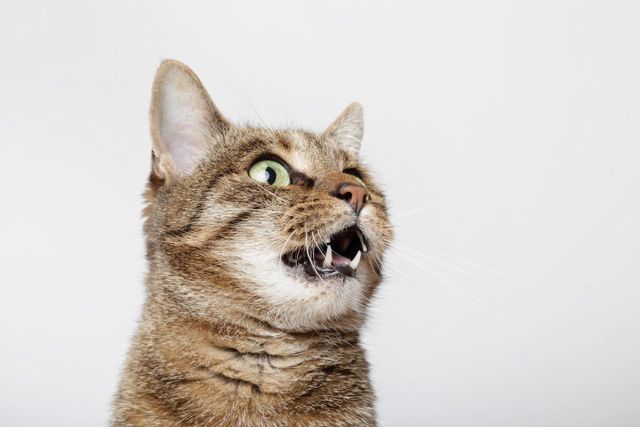
Tooth Resorption In Cats What You Should Know
Tooth Resorption In Dogs And Cats Vetbloom Blog
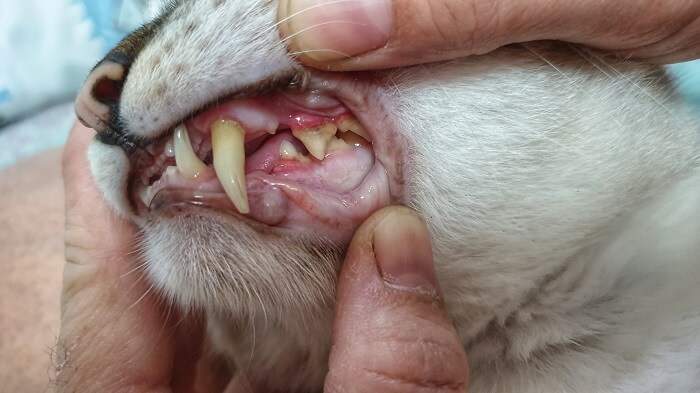
Cavities In Cats Causes Symptoms Treatment All About Cats
Tooth Resorption In Dogs And Cats Vetbloom Blog

Juvenile Gingivitis Periodontitis Advanced Animal Dentistry
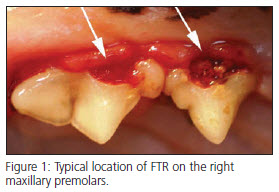
Feline Tooth Resorption Montana Pet Dentistry Oral Surgery
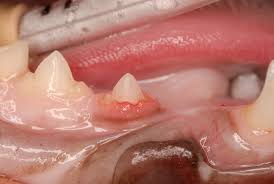
Dental Resorptive Lesions Close Veterinary Clinic
Tooth Resorption In Cats Symptoms Treatment Prevention Basepaws

Dental Care For Cats North Elm Animal Hospital

External Tooth Resorption In Cats Part 2 Therapeutic Approaches Today S Veterinary Practice

Resorptive Lesions Feline Healthy Paws Animal Hospital

Feline Tooth Resorption Today S Veterinary Practice

Tooth Resorption Advanced Animal Dentistry

Don T Ignore The Signs Of Dental Disease In Cats

Tooth Resorption In Cats A Widespread Painful Problem

Tooth Resorption Animal Dental Specialist

Feline Tooth Resorption Today S Veterinary Practice

External Tooth Resorption In Cats Part 2 Therapeutic Approaches Today S Veterinary Practice